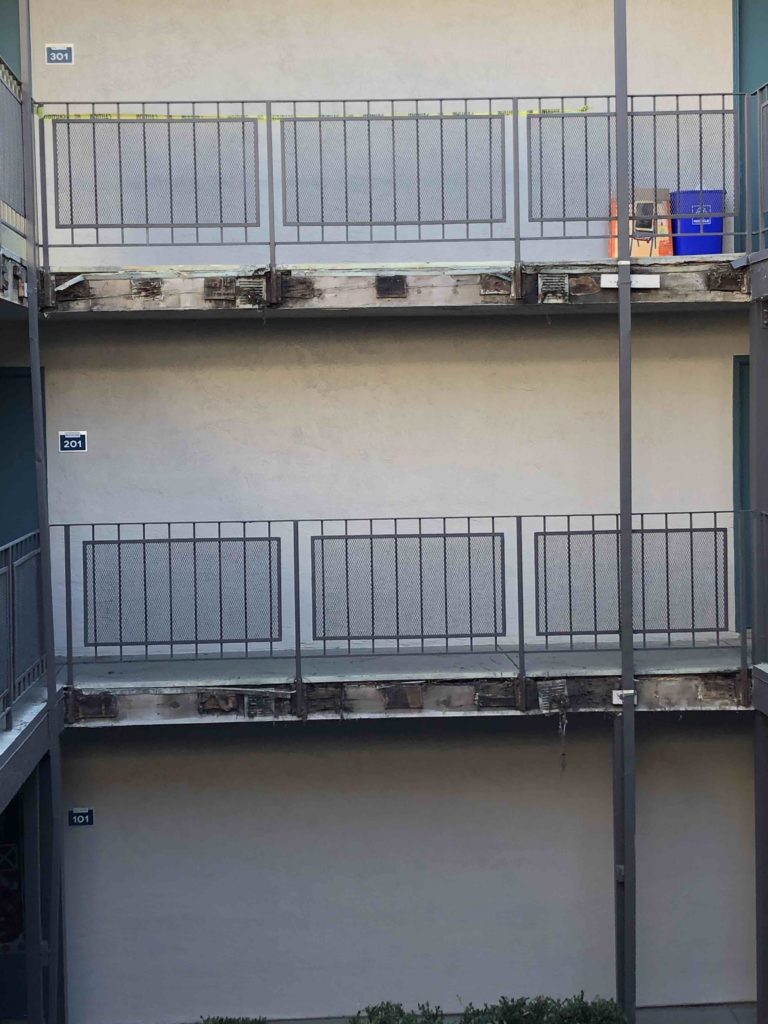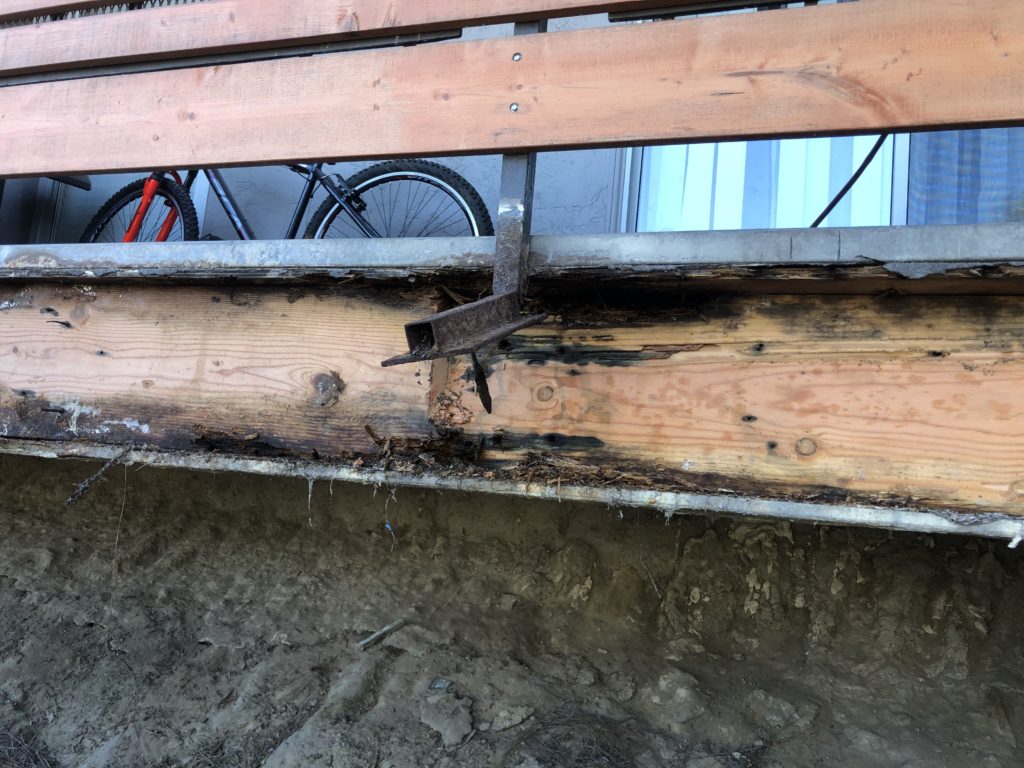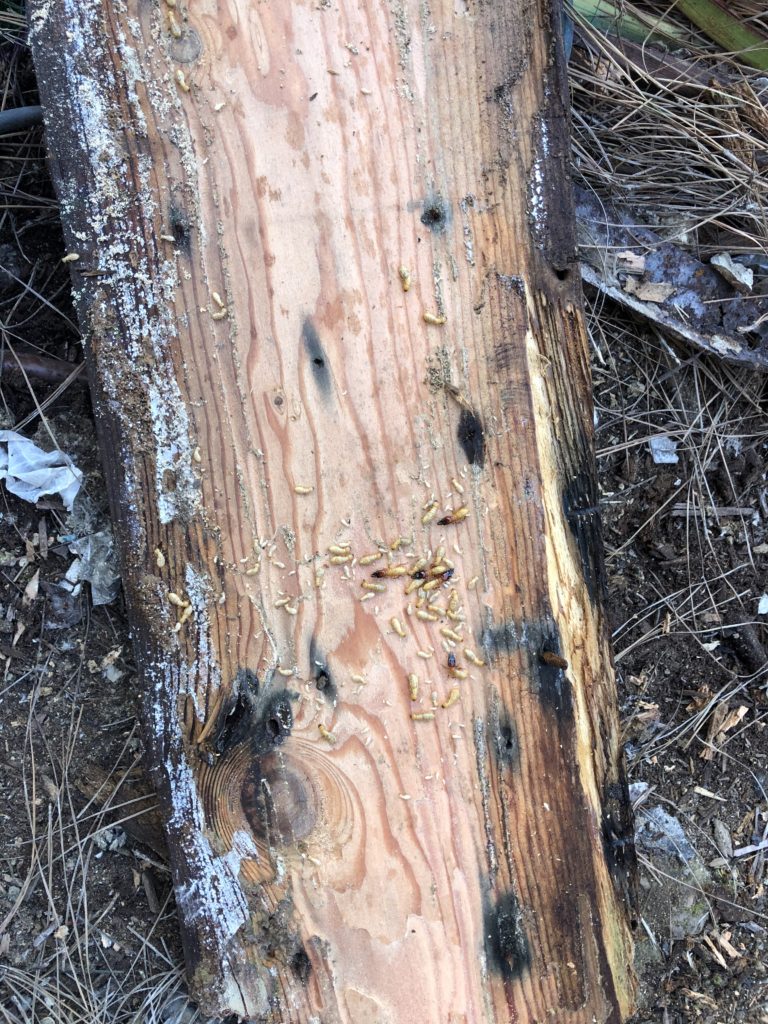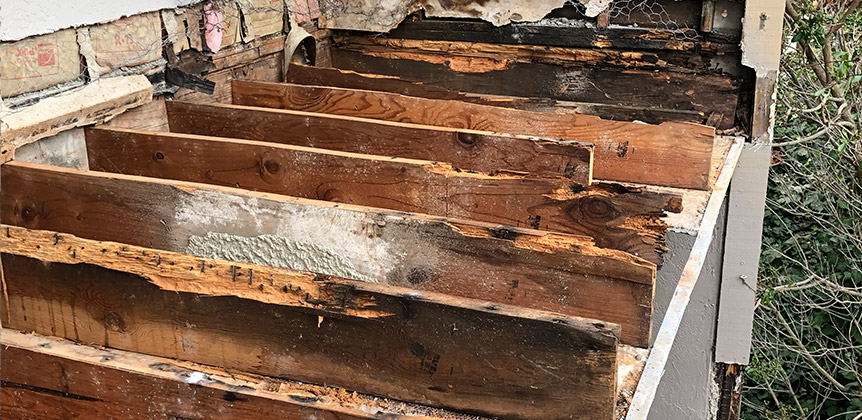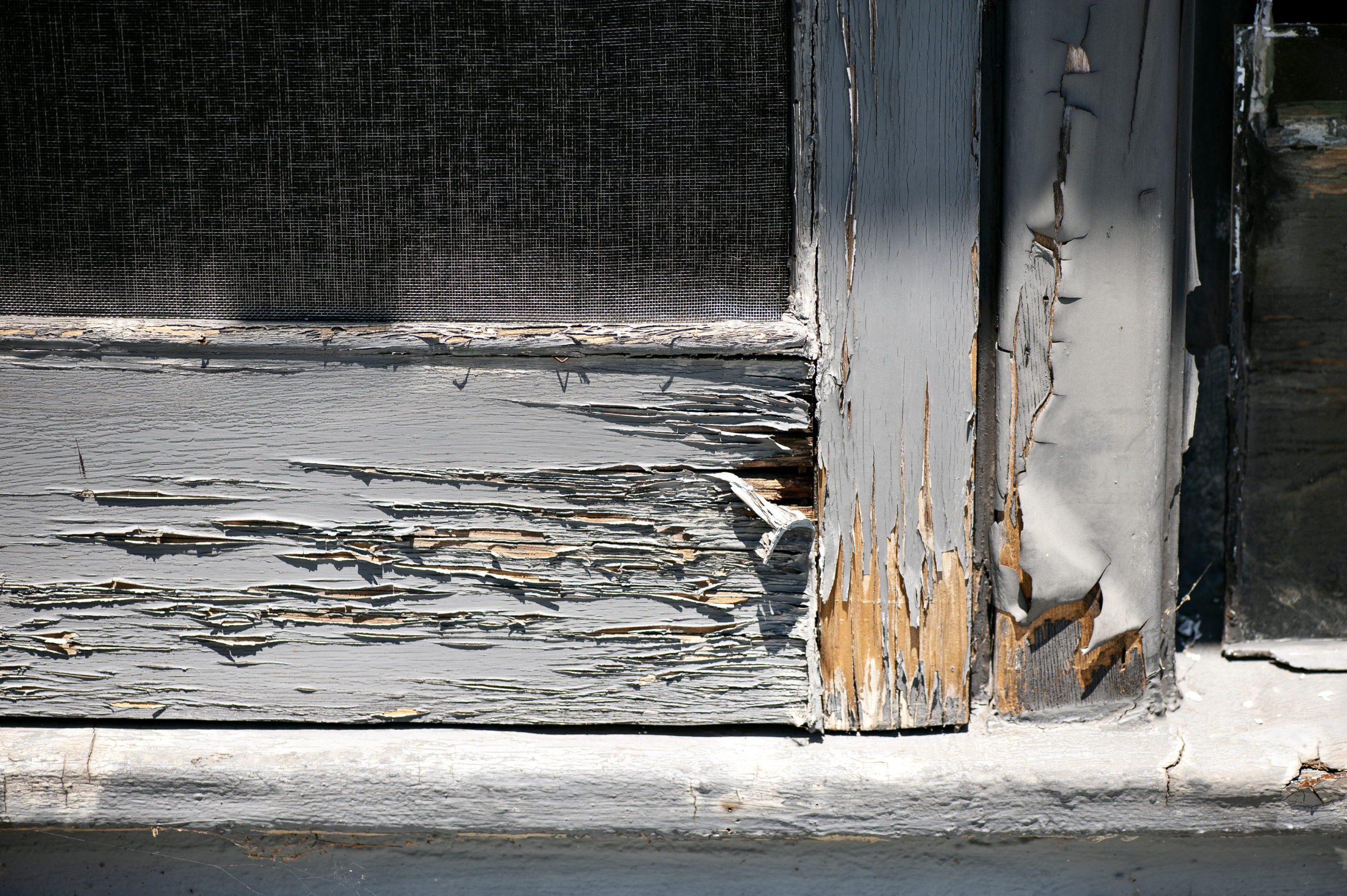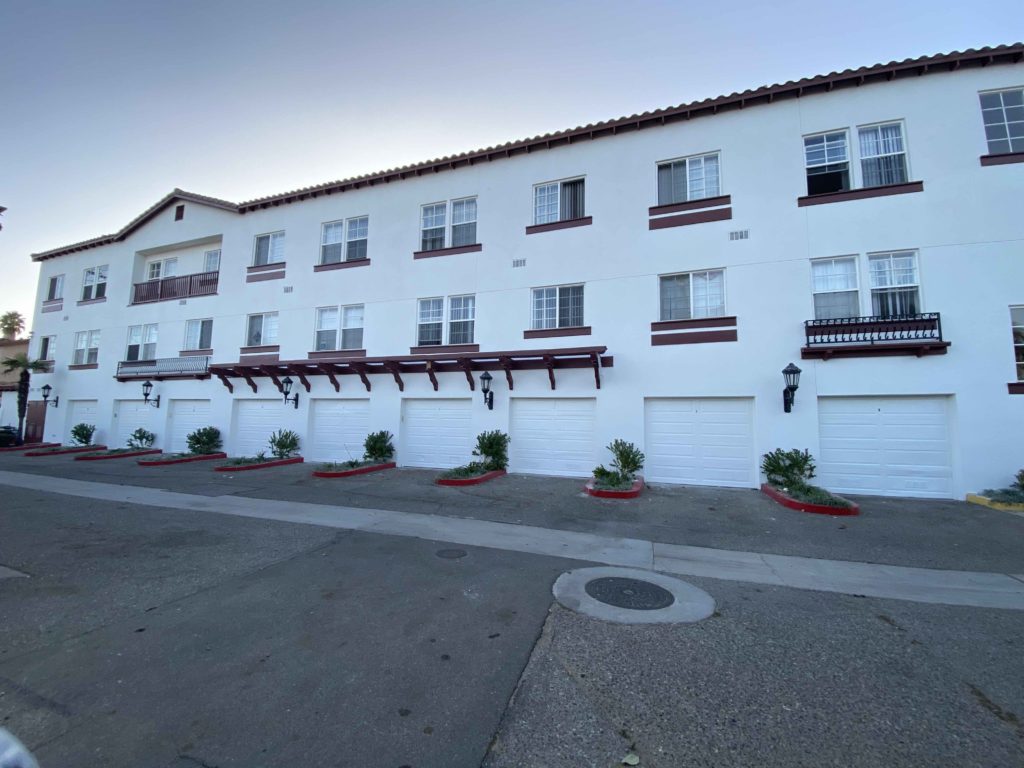How do you mitigate dry rot on your HOA/CID property?
Weird, musty smells on your property can be an indication of dry rot.
When it comes to mitigating dry rot, many property managers try to find the cheapest fix possible, especially when budgets have been approved for the year. However, one of the most important aspects of dry rot mitigation is staying on top of the problem because a little money spent in the present will save a lot of money in the future.
There are two types of rot: wet rot and dry rot. Both are a fungus caused by excess moisture and treated in similar ways.
Dry rot is the most severe fungal decay in the timber on your property because it destroys the timber’s strength. Most properties will have it at some point; it’s just a matter of time when the beams and wood structures will need to be replaced.
Building maintenance is key to mitigating dry rot. Annual site inspections of properties and maintaining maintenance schedules on building components and substrates will extend the life of the building envelope to minimize unforeseen costs.
Sometimes you can mitigate the dry or wet rot problem with a fungicide if caught in its early stages. If the area has large amounts of damage or has become unsafe, it is best to replace the decaying wood for your residents’ safety and the long-term maintenance of your property. Sometimes we can replace a portion of the rotten beam (or other pieces of timber) and save the client money instead of replacing the entire component.
How to mitigate dry and wet rot on your property:
- Repaint your property every 5-10 years.
- Caulk/recaulk seams on your property every year or at least inspect areas that may need it.
- Contact our team to get a free, no-obligation site inspection.
If you are looking for a contractor with dry or wet rot experience, let’s set us a Zoom call discussion and get your project on the books for 2021!
